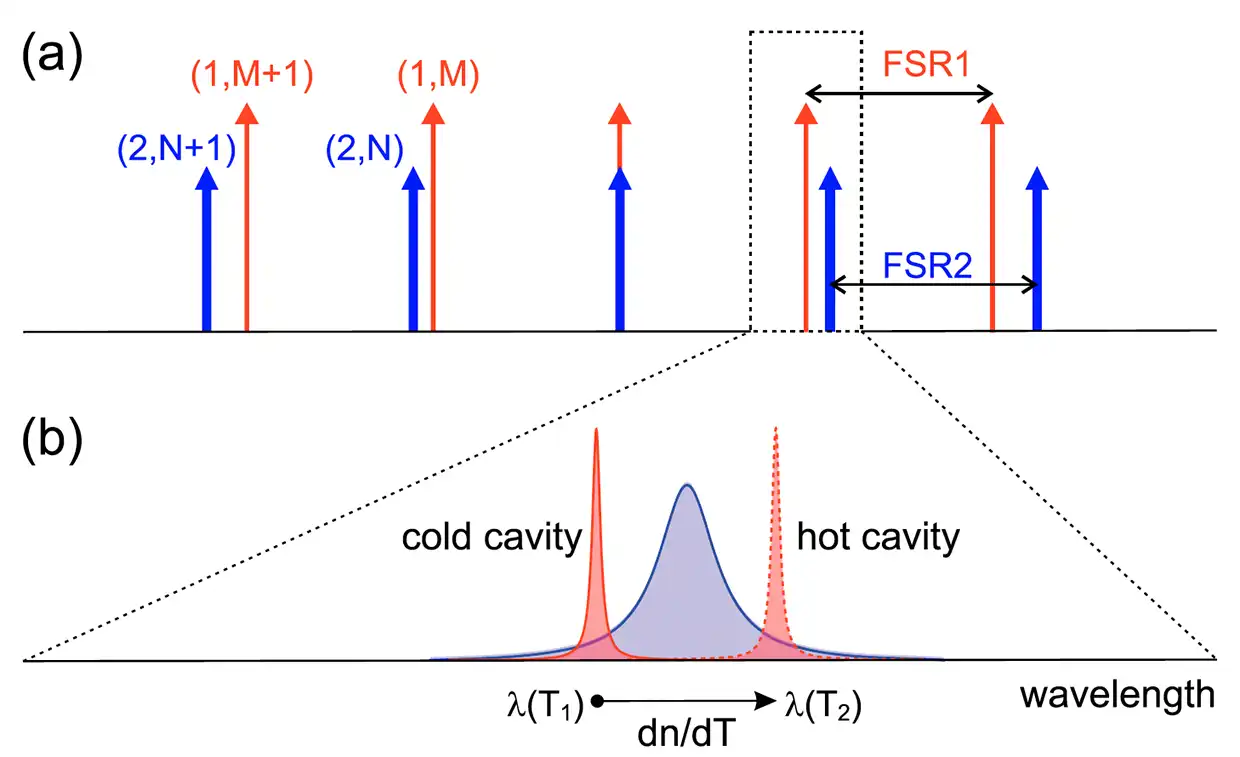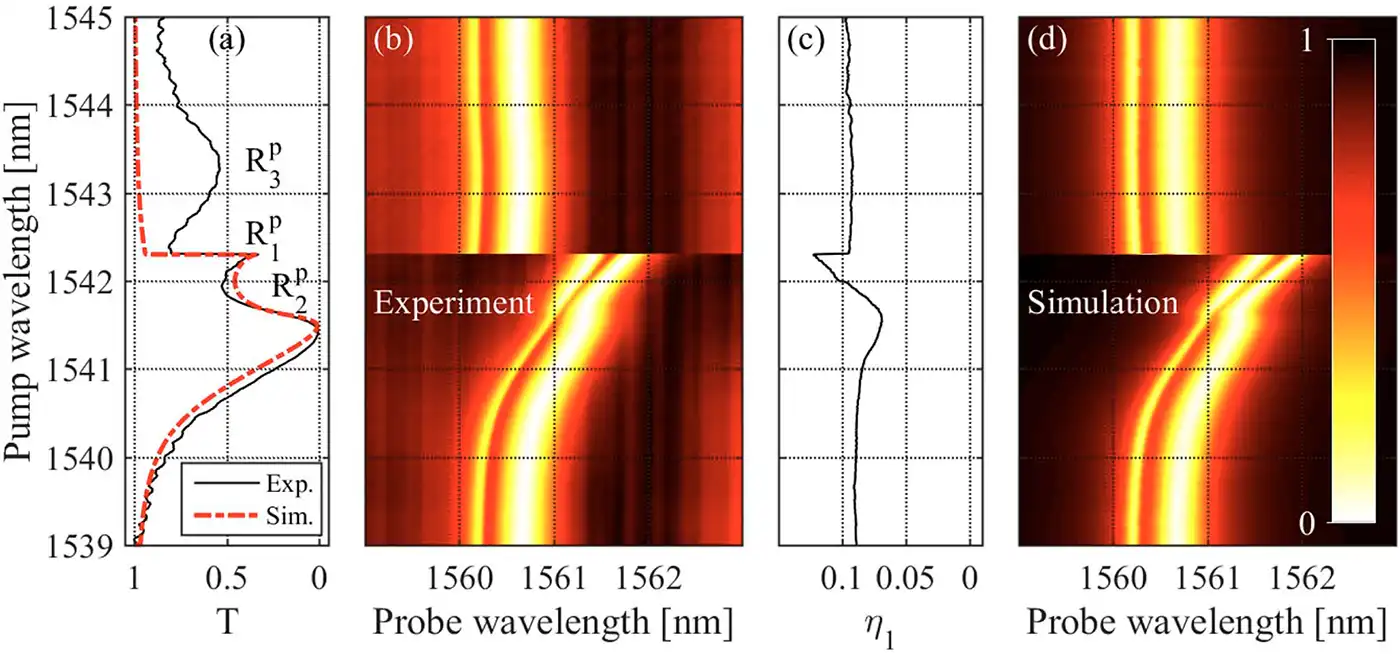
We report on the modeling, simulation, and experimental demonstration of complete mode crossings of Fano resonances within chip-integrated microresonators. The continuous reshaping of resonant line shapes is achieved via nonlinear thermo-optical tuning when the cavity-coupled optical pump is partially absorbed by the material. The locally generated heat then produces a thermal field, which influences the spatially overlapping optical modes, allowing us to alter the relative spectral separation of resonances. Furthermore, we exploit such tunability to continuously probe the coupling between different families of quasi-degenerate modes that exhibit asymmetric Fano interactions. As a particular case, we demonstrate a complete disappearance of one of the modal features in the transmission spectrum as predicted by Fano [Phys. Rev. 124, 1866 (1961)]. The phenomenon is modeled as a third-order nonlinearity with a spatial distribution that depends on the stored optical field and thermal diffusion within the resonator. The performed nonlinear numerical simulations are in excellent agreement with the exper- imental results, which confirm the validity of the developed theory.





